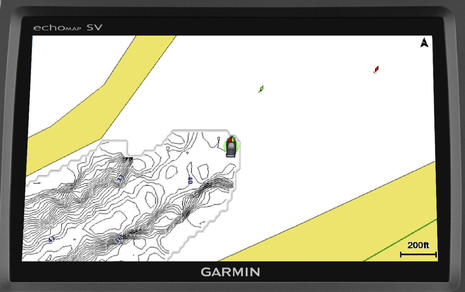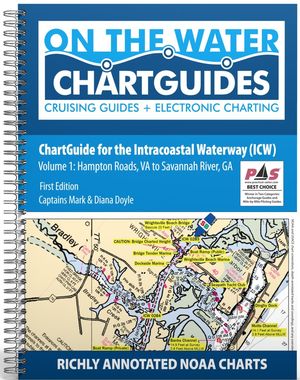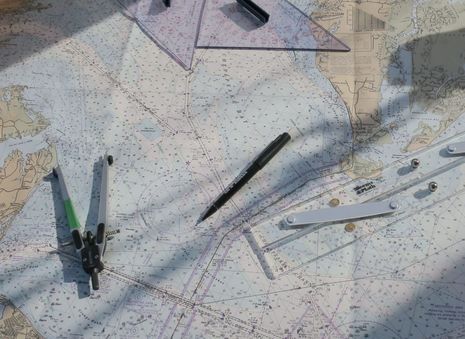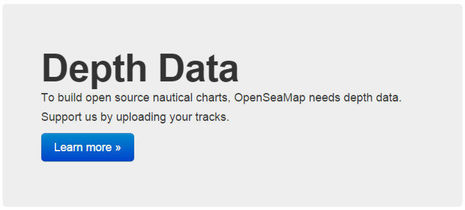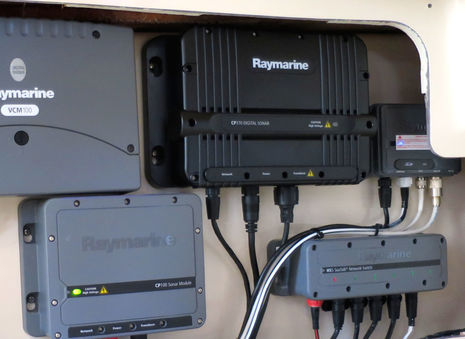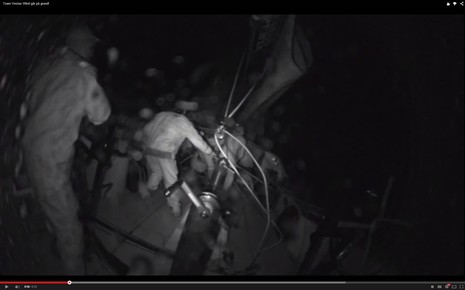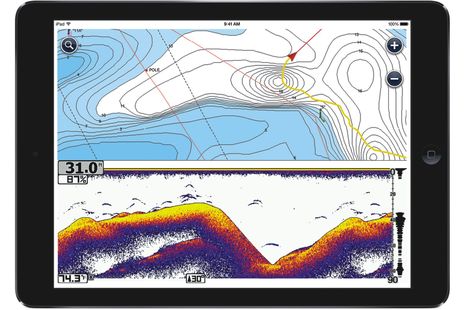Autorouting: Navionics new Dock-to-Dock kicks it up a big notch
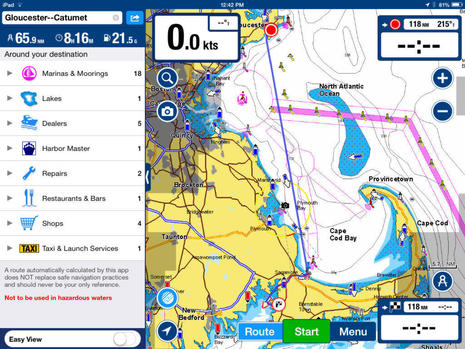 Let’s end 2015 with some new technology that will really make a difference, I think. It’s Navionics’ new Dock-to-dock autorouting system, and it may not be getting the recognition it deserves because Navionics already offered autorouting that was only marginally useful (like the others I’ve tried). Dock-to-dock is not perfect, but it still strikes me as a quantum leap improvement that many boaters are going to appreciate…
Let’s end 2015 with some new technology that will really make a difference, I think. It’s Navionics’ new Dock-to-dock autorouting system, and it may not be getting the recognition it deserves because Navionics already offered autorouting that was only marginally useful (like the others I’ve tried). Dock-to-dock is not perfect, but it still strikes me as a quantum leap improvement that many boaters are going to appreciate…



